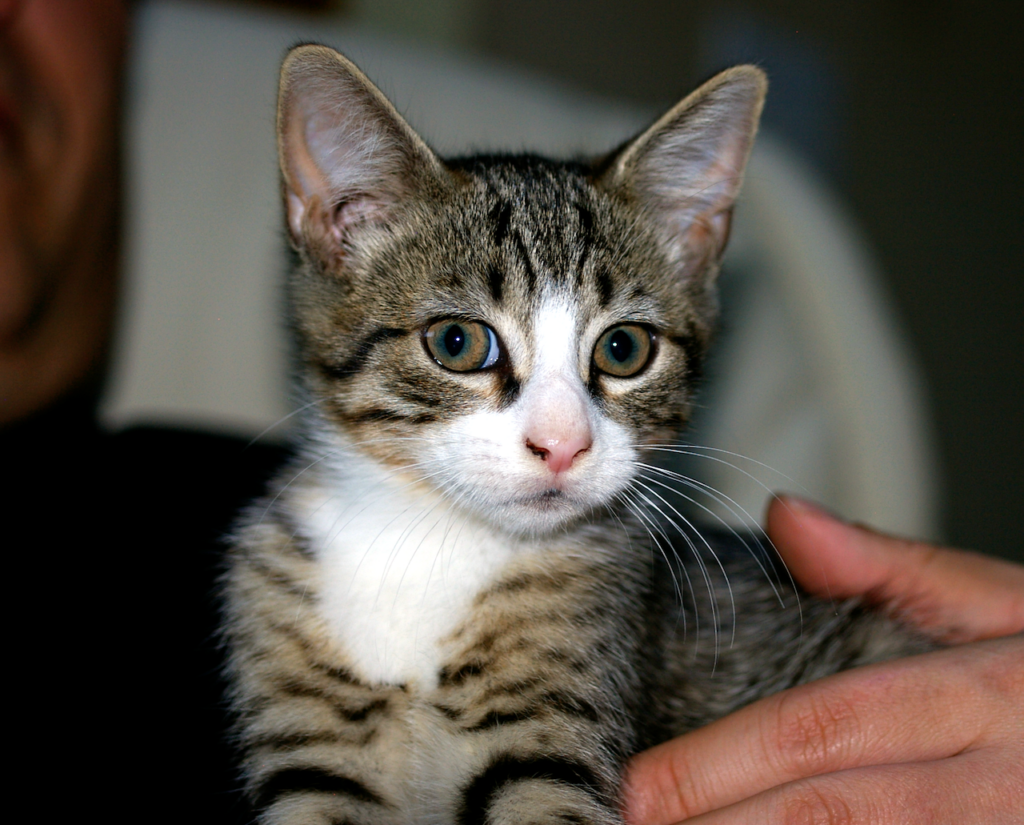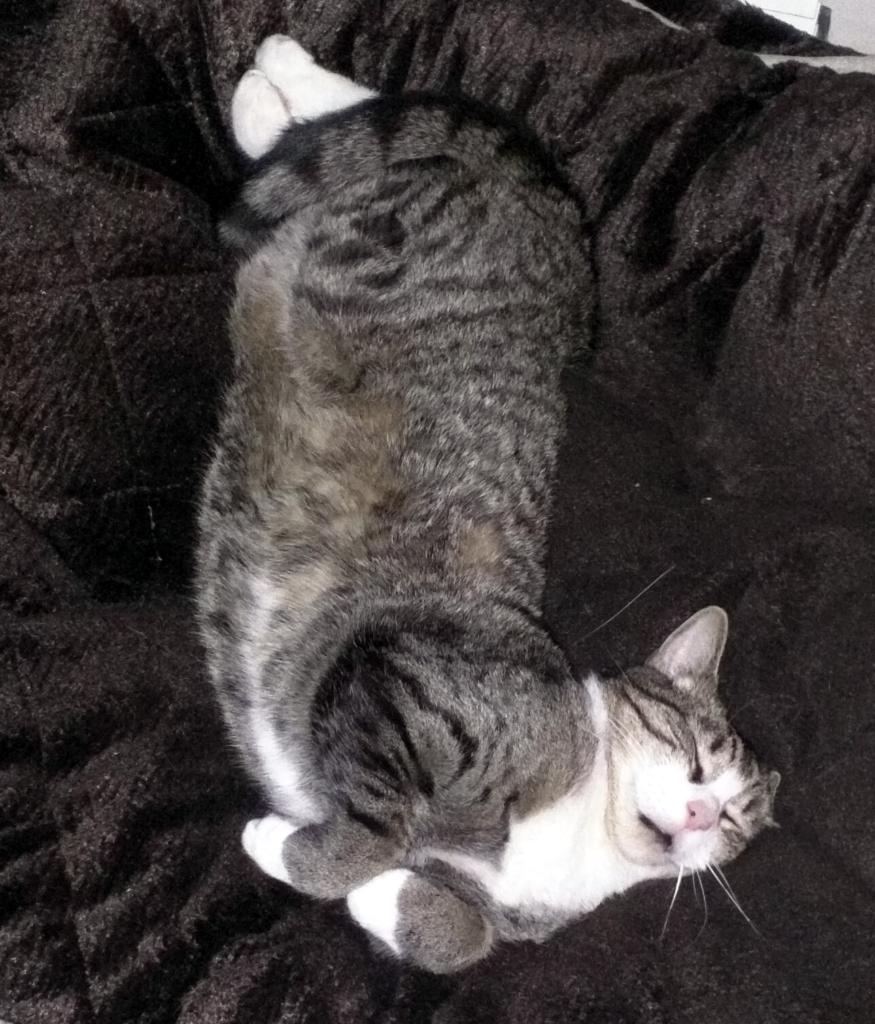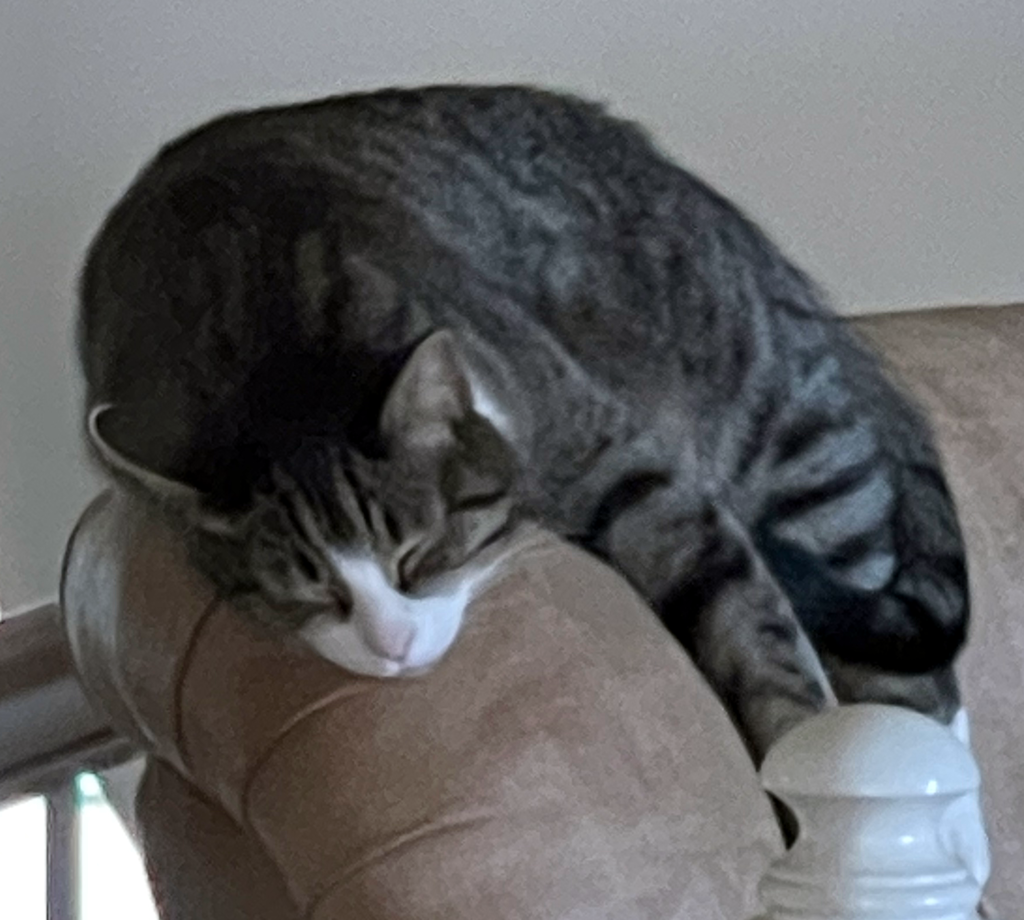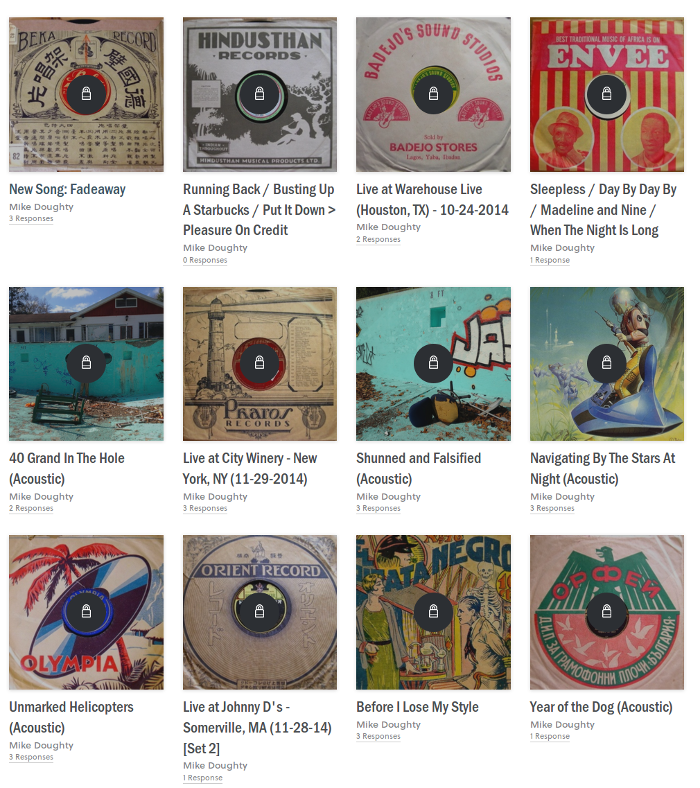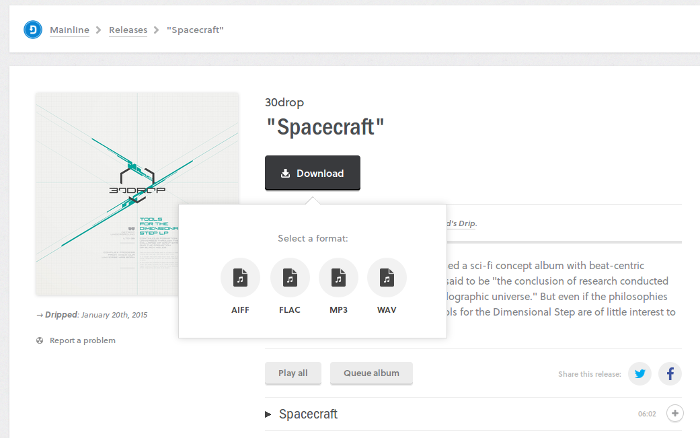I came across an interesting article today about an “armchair treasure hunt” in France.
These were really popular around the turn of the century, starting with Masquerade by Kit Williams. Authors would publish a book of pictures and the pictures were supposed to provide clues to locating a buried treasure. Most of the time the “treasure” was a token that could be exchanged for the actual valuable object, as I doubt anyone would want to leave something worth tens of thousands if not hundreds of thousands of dollars laying about. Plus, I’m sure there was the publicity angle of awarding the prize to the lucky winner.
I think I bought a copy of Masquerade and if so I probably still have it around here somewhere. I’m in the middle of a move and the majority of my books are still in boxes but perhaps I’ll find it when I finally get around to unpacking them. I never came close to the answer, which involved drawing a line from the left eye of each character in the picture through the longest digit of its left hand which would then point to a letter on the border. Repeat for the left foot and then right eye to hand/foot and you ended up with an anagram which would point you to the correct location.
Sheesh.
The hunt mentioned in the article, On the Trail of the Golden Owl takes place in France, and there is a very complicated backstory involving the still unsolved puzzle. This took me down a Wikipedia rabbit hole where I learned that the person who “won” the Masquerade puzzle cheated, and that there was another game called The Secret that still has outstanding prizes. The Secret was published before Golden Owl but I guess since some of the prizes in The Secret have been found that the claim the Golden Owl is the oldest unsolved hunt is probably valid.
This reminded me of another hunt call A Treasure’s Trove. I never bought the book, but my friend David Somers did. He and classmate Mark Moeglein found a token for a diamond encrusted beetle worth $54,000. As I am an e-mail hoarder I still have the note he sent to me:
I’m having a bit of a Willy Wonka moment and feeling quite like Charlie Bucket. Late Sunday night I solved a sort of visual riddle in a book called a “Treasure’s Trove,” a book for kids and adults that has a real treasure hunt for 12 Jewels worth a total of $1 million dollars. You
may have seen this on the Today show. Anyway, we just found the 12th token! It can be redeemed for a jewel encrusted beetle valued at over $50K or a lesser amount of cash.The riddle spelled out the name of an Overlook within the Badlands National Park. I immediately called Mark Moeglein, my best friend from college. His daughter Katie is my goddaughter and I had given her a copy of the book and we had all been doing the puzzles with the kids. Mark is lives in Oregon and I’m in Boston. We both dropped everything and each raced about 1800 miles from opposite coasts (I drove 560 miles in 7 1/2 hours after my flights). By late Monday night we were both in Wall, S.D. By early Tuesday morning we were at the White River Overlook in the Badlands and quickly found the specific tree that we were looking for. After 15 minutes of searching from the ground with flashlights and lanterns, Mark finally climbed the tree and spotted the token in a knothole 8 ft off the ground.
It is quite amazing that decoding 15 characters (BADLANDSWROVRLK) out of a children’s book set us off on this little adventure. It is even more amazing that we pulled it off without a hitch. We knew exactly which tree to search 1800 miles away. Incredible!
There are a few more details in a Boston Globe article (yoinked from the Wayback Machine).
David was always good at stuff like this (I can remember him winning a radio contest with a much smaller prize back when we were in school together). I, on the other hand, am not good at such things, although the fact that one of the prizes still outstanding in The Secret is probably in North Carolina has piqued my interest (grin).
